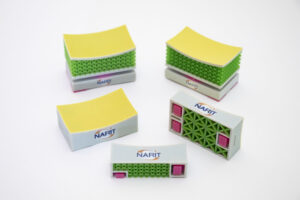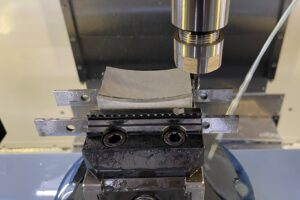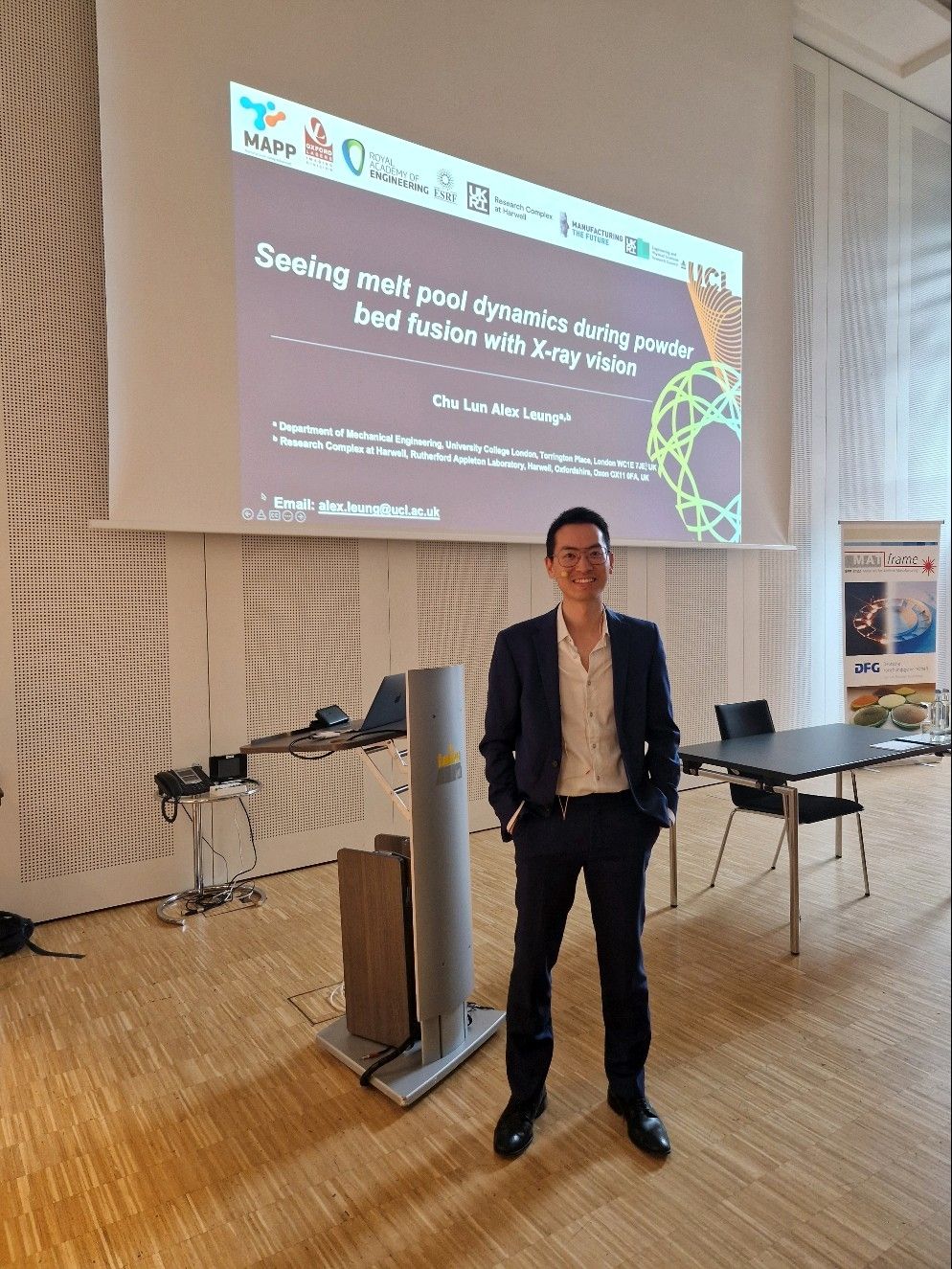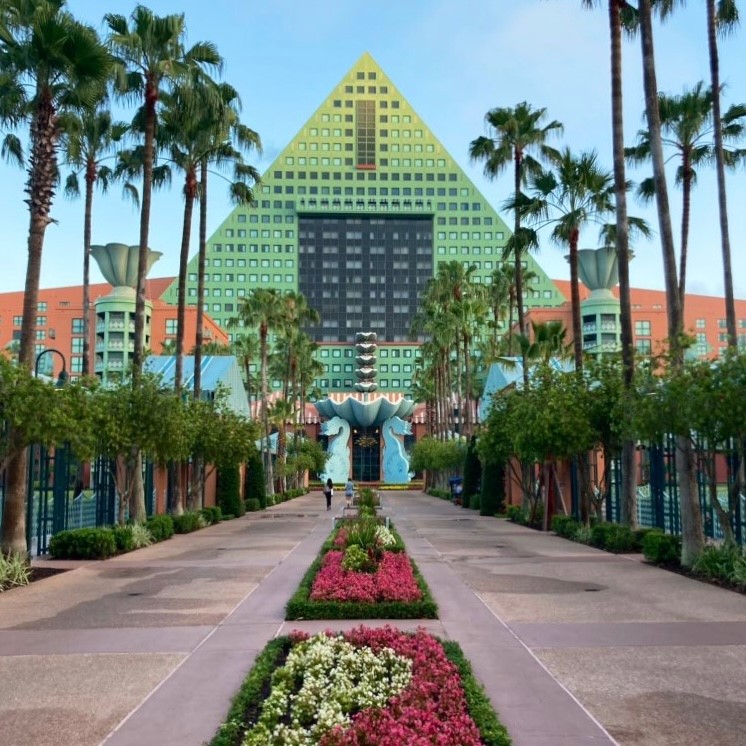All Views /
Views:
3D printing collaboration between UK and Thai research institute
by Amy O’Connor Communications Team, Science and Technology Facilities Council’s Daresbury Laboratory
Three UK institutes collaborated on a joint Thai-UK research project to exchange knowledge and upskill Thai academics and engineers in optical manufacturing.
International projects can be complicated at the best of times, add in the difficulties of a global pandemic and a host of additional issues arise.
Thailand is rapidly building its astronomical instrumentation development capacity.
However, this advancement has been limited by a lack of experience and access to facilities. This is particularly problematic for converting an optical design into a manufacturable mirror or lens, that heavily depends on expertise and specialised equipment.
The collaboration, funded by the Science and Technology Facilities Council’s (STFC) Newton Fund, linked up the National Research Institute of Thailand (NARIT) with UK partners:
- Durham University (the project lead)
- University of Sheffield
- STFC’s UK Astronomy Technology Centre (UK ATC) in Edinburgh.
Although the project was planned to rely heavily on international travel for face-to-face training, 2020’s pandemic rendered this impossible. The institutes involved had to adapt to the unfolding situation and transformed the project into something that could function remotely and still fulfil its knowledge exchange goals.
Then in 2022, as international travel restrictions eased, the UK institutes were finally able to welcome the NARIT team to their sites. This means the NARIT team have been able to get vital hands-on experience in optical fabrication using conventional and additive manufacturing (3D printing) techniques.
Building bridges
The initial 18 months of the partnership were spent online, focussing on teaching the methodology required to design mirrors from specific optical requirements. NARIT led the design process with guidance from Durham on conventional manufacturing whilst UK ATC and Sheffield provided direction on 3D printing.
Conventional ‘subtractive’ manufacture (mill, drill and lathe) creates a 3D design by removing material from a blank solid, analogous to using scissors to create a pattern within a blank piece of paper. Conventional manufacture can provide excellent results, but there are limitations in design due to the accessibility of machine tools to remove material.
In contrast, additive manufacture (3D printing) creates a design layer-by-layer. This methodology provides increased design freedom for the engineer, potentially creating more lightweight structures and combining several parts into a single design.
Over the duration of the collaboration, the NARIT optical requirements were developed into designs for both conventional manufacture and additive manufacture. The final designs for both methodologies were manufactured resulting in a series of prototypes.
These prototypes not only add narrative to an on-going project at NARIT, but also increased understanding for Thai academics and engineers in both conventional and additive optical manufacturing methods. Empowering capability for future independent design.
From design to reality

In March of 2022, NARIT travelled to the UK and spent time at each of the partner institutes, to use their specialised equipment to convert their design into physical mirrors.
They were also able to gain hands-on experience with bespoke 3D printing tools and software.
At the University of Sheffield, the NARIT engineers utilised the institute’s expertise in metal 3D printing to build the designs developed for additive manufacturing by the team over the previous 18 months.
MAPP Researcher Dr Robert Snell from the University of Sheffield highlighted that the Newton Fund:
"Enables these institutes who have excellent departments and academics, but a gap in knowledge and resources, to fill this gap and accelerate their ambitions within related fields."
To improve and advance their understanding of topology optimisation (a finite element analysis tool for minimising mass while simultaneously ensuring structural rigidity) NARIT spent time at STFC’s UK ATC. Here they used this tool to generate optimal designs in keeping with their optical requirements.
On a day trip to STFC’S Daresbury Laboratory, they visited the Campus Technology Hub for further first-hand experience printing in metal and polymers, to create functional prototypes. The NARIT team aim to use the models produced at Daresbury Laboratory as a part of their plans for increasing public awareness of astronomical research through public engagement events and beyond.
Nanometre precision
The UK trip culminated with a visit to Durham University. Here they were able to use high precision cutting machines to generate the optical surface on both the conventional and additive manufacture designs.
This process included hands-on experience using diamond turning machines, that allow for the manufacture of mirrors in shapes that are highly specific to their application. In addition to the single point diamond turning, which generates the mirrored surface, NARIT also learnt how to assess the quality of the mirror surface so that the precise optical surface could be achieved. Optical surfaces often need to be accurate to 10s of nanometers, which is why this field is so challenging.
David Ryder, Senior Technology Officer at Durham University commented on the importance of the knowledge transfer programme to both UK and Thai institutes emphasising the collaboration’s power to “take the technology forward.”
Global community
Equipped with new skills and knowledge gained from the visit, the NARIT team will be heading to the SPIE Astronomical Telescopes and Instrumentation conference in Montreal, July 2022, where they will be presenting the project.
Reflecting on the trip as a whole, Dr Carolyn Atkins who is based at UK ATC and is UK co-investigator for the project said:
"It has been a pleasure to welcome our colleagues from NARIT to the UK and STFC, it has been a long time coming!
"We are so happy with what we have achieved over the two years and look forward to our NARIT colleagues presenting the project this summer."
Breaking the barrier

It is hoped that this collaboration means that NARIT now has the tools and knowledge to move forward with designing optical components independently.
NARIT’s work with the UK on this project should help eliminate the barrier Thailand faces in these fields, where previously they had to rely on experience and capabilities of other countries.
Increasing Thailand’s access to innovative technologies and methodologies for optical design and manufacture, whilst elevating institutes like NARIT’s expertise, opens Thailand to further endeavours within the discipline. This investment in knowledge is crucial step in the continued advancement of their economy and related industries.
Acknowledgements
The team acknowledges the STFC-NARIT Newton Fund (2019) under grant numbers ST/T007133/1, ST/T006005/1 and ST/T006552/1, for enabling the research, collaboration and knowledge exchange.
Atkins acknowledges the UK Research and Innovation Future Leaders Fellowship program, grant MR/T042230/1, for continued participation in this project.
We wish to acknowledge the Henry Royce Institute for Advanced Materials, funded through EPSRC grants EP/R00661X/1, EP/S019367/1, EP/P02470X/1 and EP/P025285/1, for equipment access at The University of Sheffield.
We wish to acknowledge the Manufacture using Advanced Powder Processes Hub (EP/P006566/1).
This article was originally published on the UKRI website and is re-published with permission.
More:
Views
-

-
Skype a Scientist
Connecting scientists and engineers with classrooms across the world.

